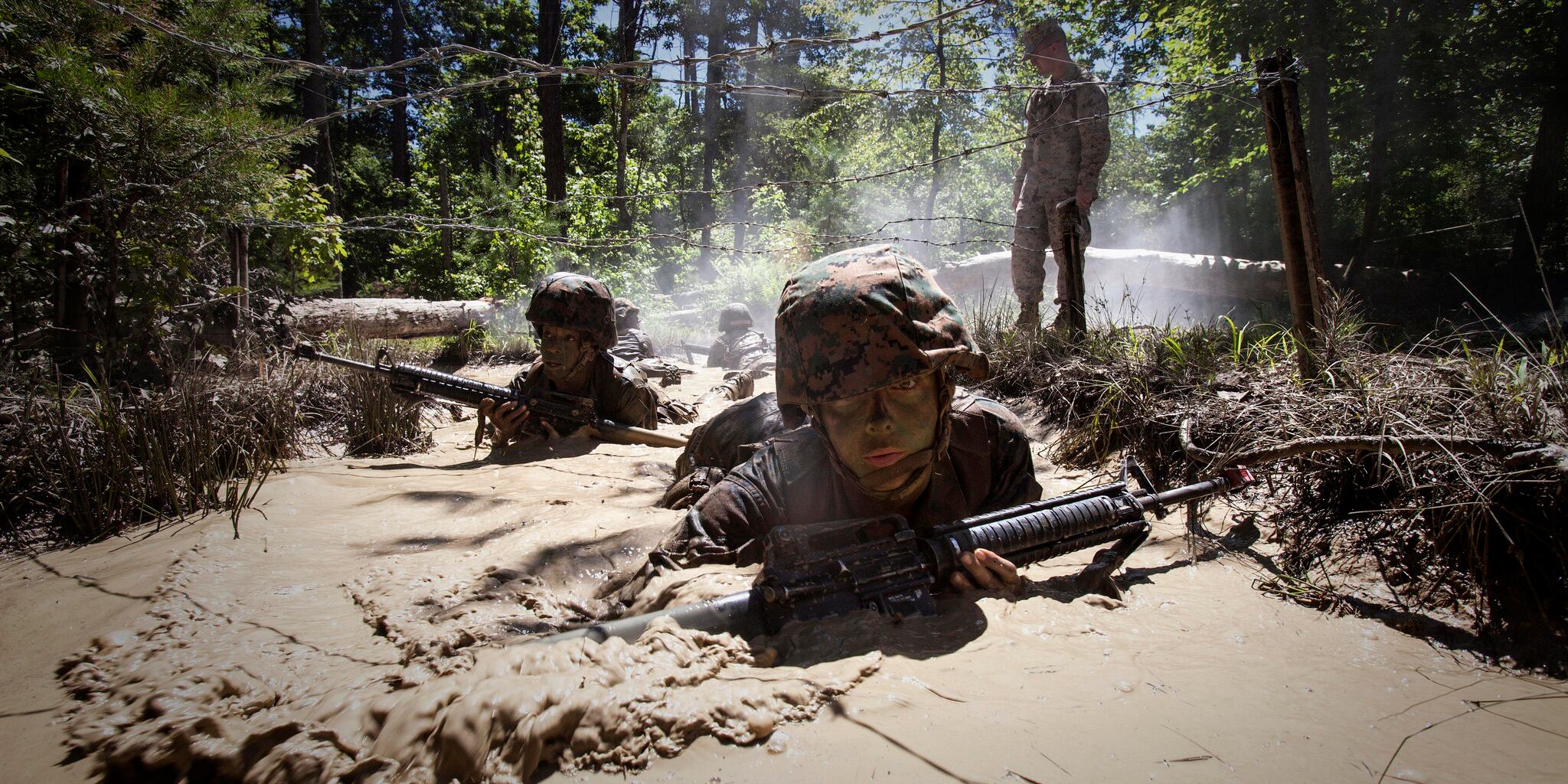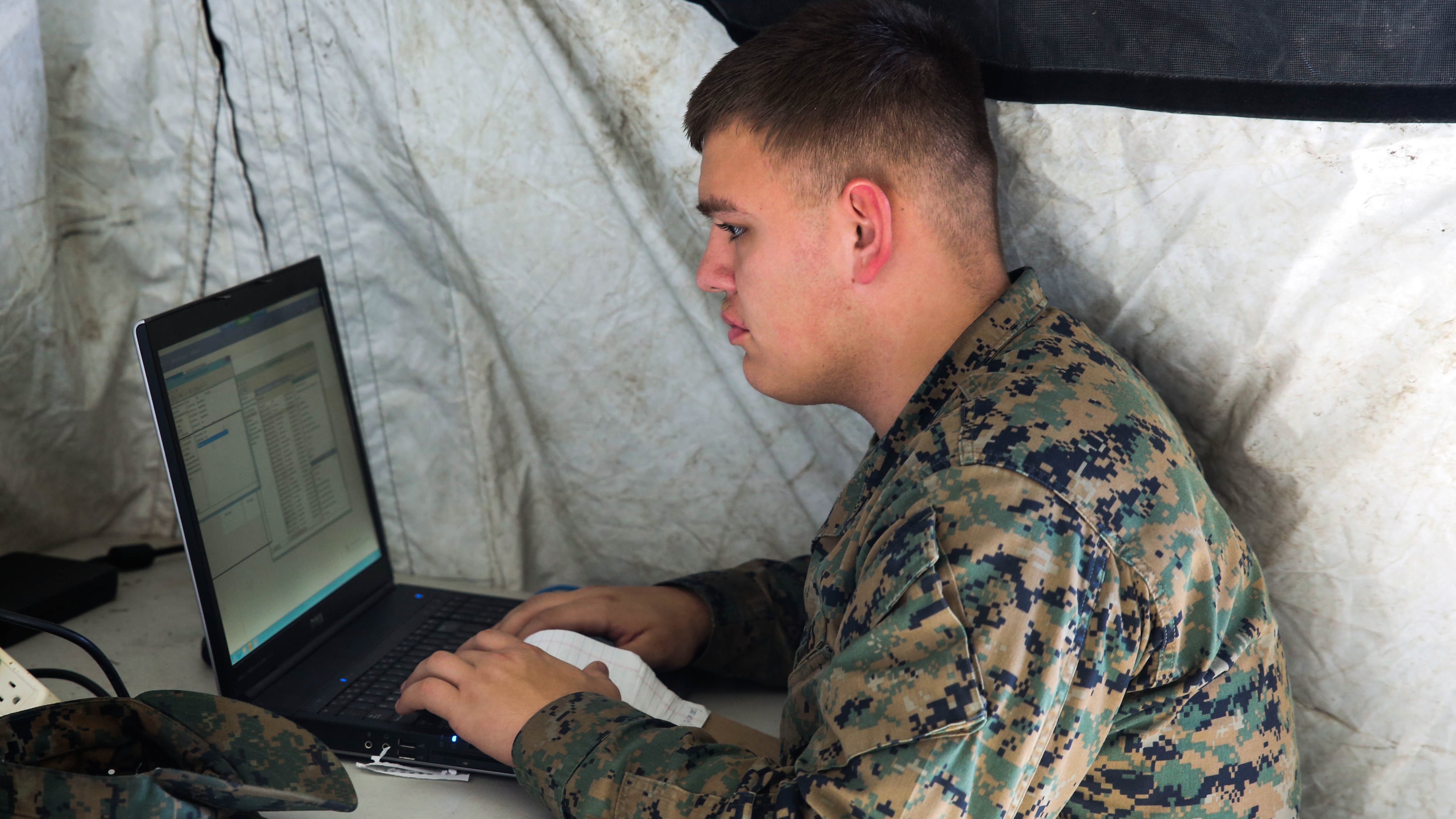The Marine Corps wants to test using light as a power source for its networks.
Li-Fi, as it’s known, uses light as an alternative to wireless connection technology. As part of a pilot program, the service’s Rapid Capabilities Office is experimenting with the technology after receiving a requirement from headquarters Marines Command, Control, Communications, Computers, an official told C4ISRNET, Sept. 17 at Modern Day Marine.
RELATED

Today’s command operations centers are strewn with equipment and cables. By using the florescent lights in the centers, this could not only make the centers more expeditionary, but also reduce the center’s radio-frequency footprint. This is important because adversaries such as Russia have demonstrated they can use that footprint to geolocate and target with missiles or mortars.
“Combat operation centers, they’re too big, they’re too heavy, they’re too slow. They won’t operate in the weapons engagement zone. So we’re looking at next generation [command operations centers],” said Col. Scott Stebbins, director of the command element information warfare integration division within the capabilities development directorate under the deputy commandant for combat development and integration. Stebbins spoke during a panel at Modern Day Marine. “It’s got to be lighter, faster, better. It’s got to be common hosting environment, virtualization, it’s all about the apps these days.”
The Li-Fi pilot, which should kick off in the next three months, would both reduce the set up and tear down time of command operation centers because there would be less cables, but it would also make the centers more secure from a signature emanation standpoint.
“It’s back to the basics. Sun Tzu, the art of war, military deception, the only thing that’s changed is technology. How do we leverage technology and get back to the basics with military deception and decoys? So we’re working on that as well,” he said.
Stebbins added that the Marines have to be able to manage their signature; technical signature, administrative signature and physical signature.
RELATED

The Marine Corps official told C4ISRNET that this type of technology could also have more broad implications if Li-Fi technology could be used at traditional, static buildings as well.
He added that they expect the results from the pilot to come in no later than September 2020.
Mark Pomerleau is a reporter for C4ISRNET, covering information warfare and cyberspace.








